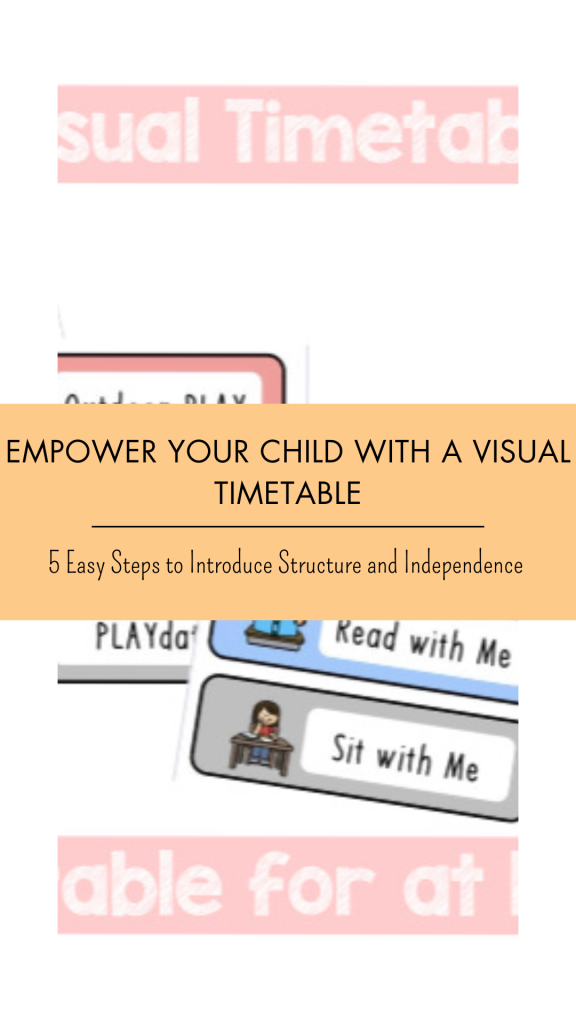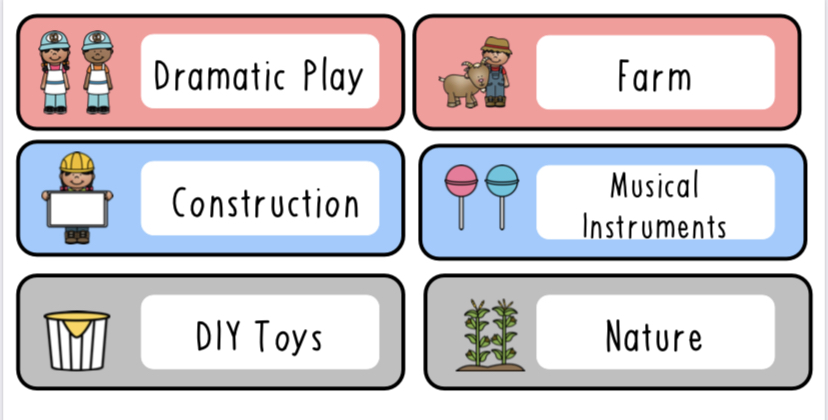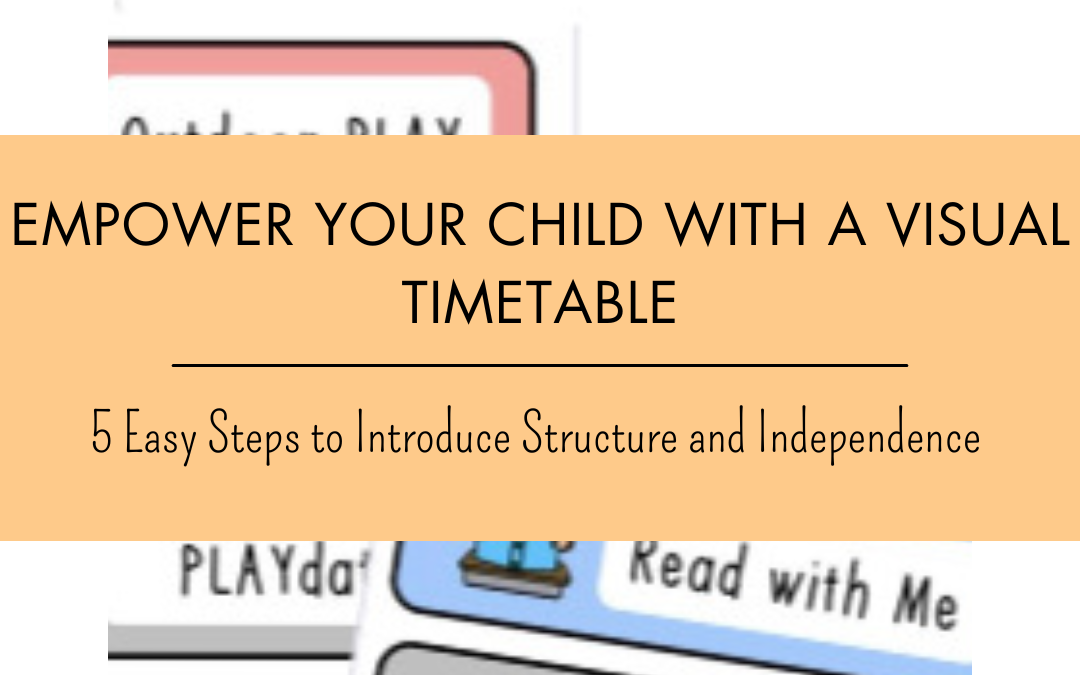Hey, mums! As parents of energetic toddlers and inquisitive preschoolers, we know that establishing a daily routine can be a game-changer. Introducing a visual timetable into your home can bring a sense of structure and independence to your little one’s day, while also reducing tantrums and increasing cooperation. In this blog, we’ll explore five practical steps to seamlessly integrate a visual timetable into your daily routine, making life a whole lot easier for you and your child.Step 1: Choose a Display AreaSelect a prominent spot in your home where the visual timetable can be easily seen and accessed by your child. A popular choice is the kitchen or living room, as these areas are frequently visited throughout the day. Consider using a large whiteboard, a poster board, or a wall-mounted pocket organiser. For example, affix a colourful magnetic board to the fridge, making it easily visible and accessible during meal prep times.Step 2: Create Simple VisualsGather images or create simple drawings representing key activities in your child’s daily routine, such as waking up, meal times, playtime, bath time, and bedtime. You can find free printable templates online or purchase our very own in the celebratePLAY website store or create your own using clip art, photos or simple drawings. For instance, use a picture of a toothbrush for brushing teeth and a bed for bedtime, ensuring your child can easily recognise and understand each activity.Step 3: Involve Your ChildEncourage your child to participate in the creation of the visual timetable. Let them choose the images for each activity and assist in arranging them on the display. This involvement not only fosters a sense of ownership but also helps your child understand and anticipate the day’s events. For instance, if it’s playtime, let your child pick out a picture representing their favourite play activity to include on the timetable.Step 4: Establish a RoutineConsistency is key when implementing a visual timetable. Establish a predictable routine by referring to the timetable throughout the day. Use phrases like “Let’s check the timetable to see what’s next” to reinforce the schedule. Over time, your child will come to rely on the timetable, reducing anxiety and meltdowns caused by unpredictability.Step 5: Review and AdjustRegularly review the visual timetable with your child, and make adjustments as needed to accommodate changes in the daily routine. As your child grows, their activities and interests may evolve, and the timetable should reflect these changes. By involving your child in this process, you empower them to take an active role in managing their time and activities.Remember, every child is unique, so feel free to customise the visual timetable to suit your family’s specific needs eg, only introducing part of the timetable and working towards a full day of the timetable.Enjoy this new phase of organisation and harmony in your home!







